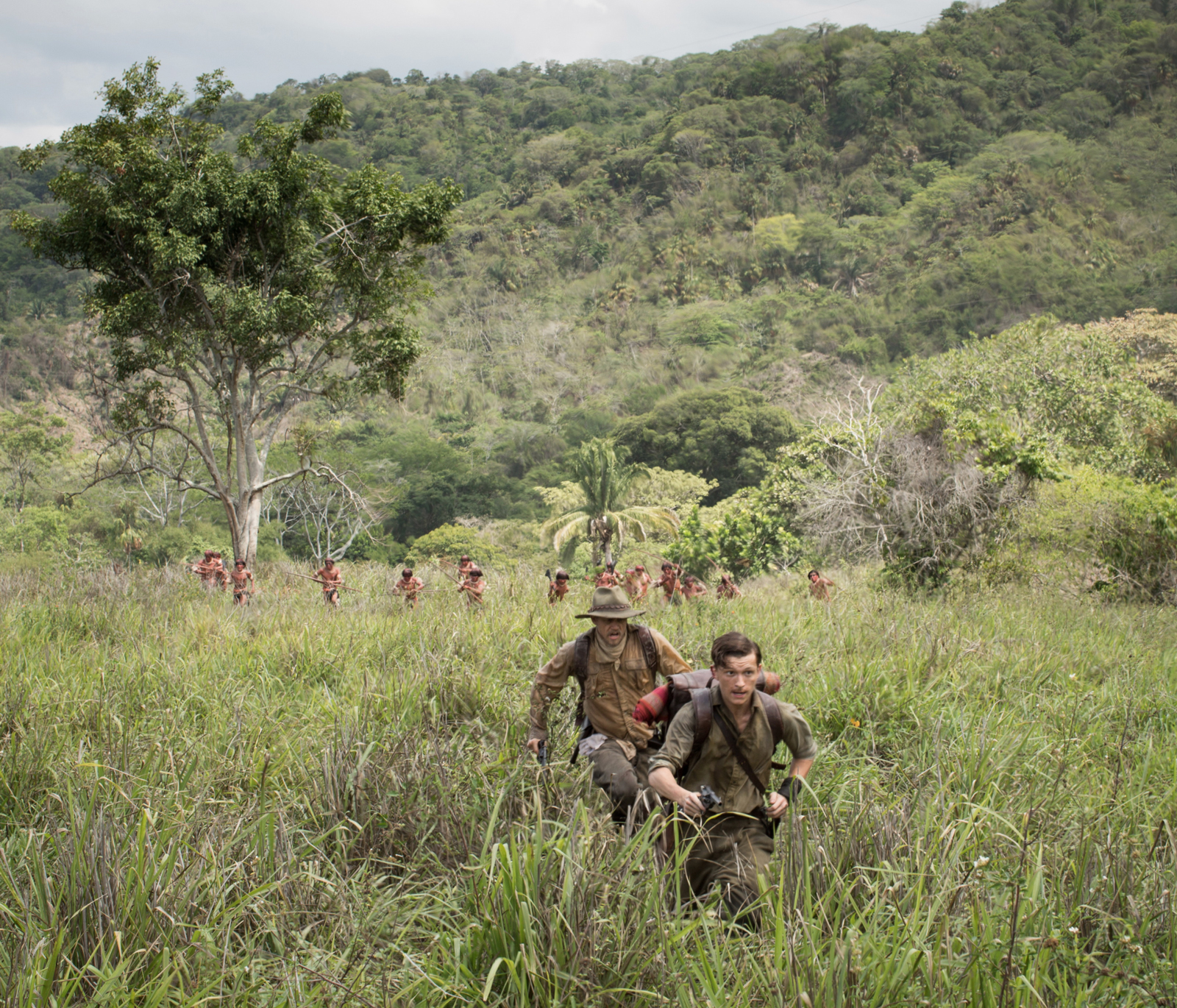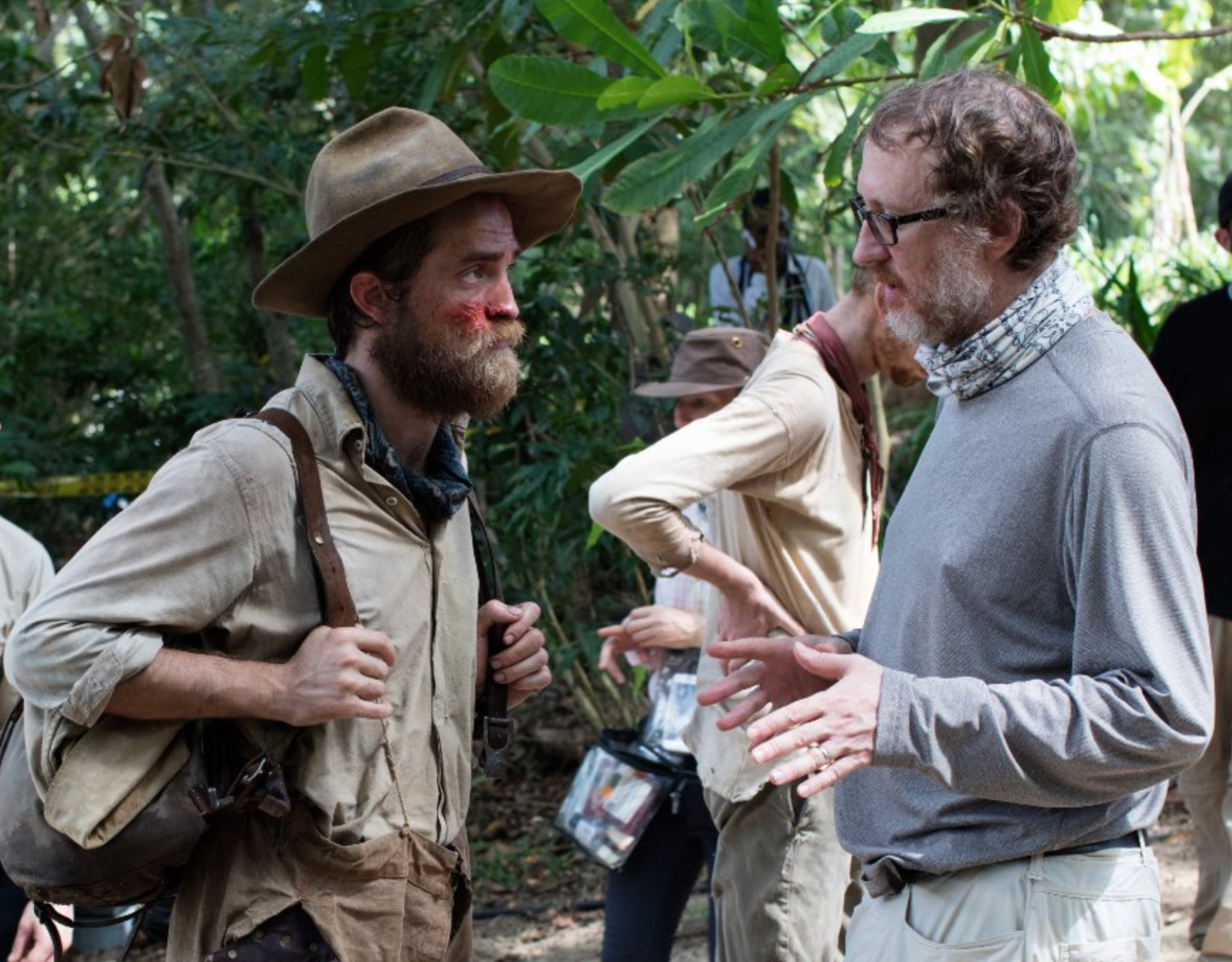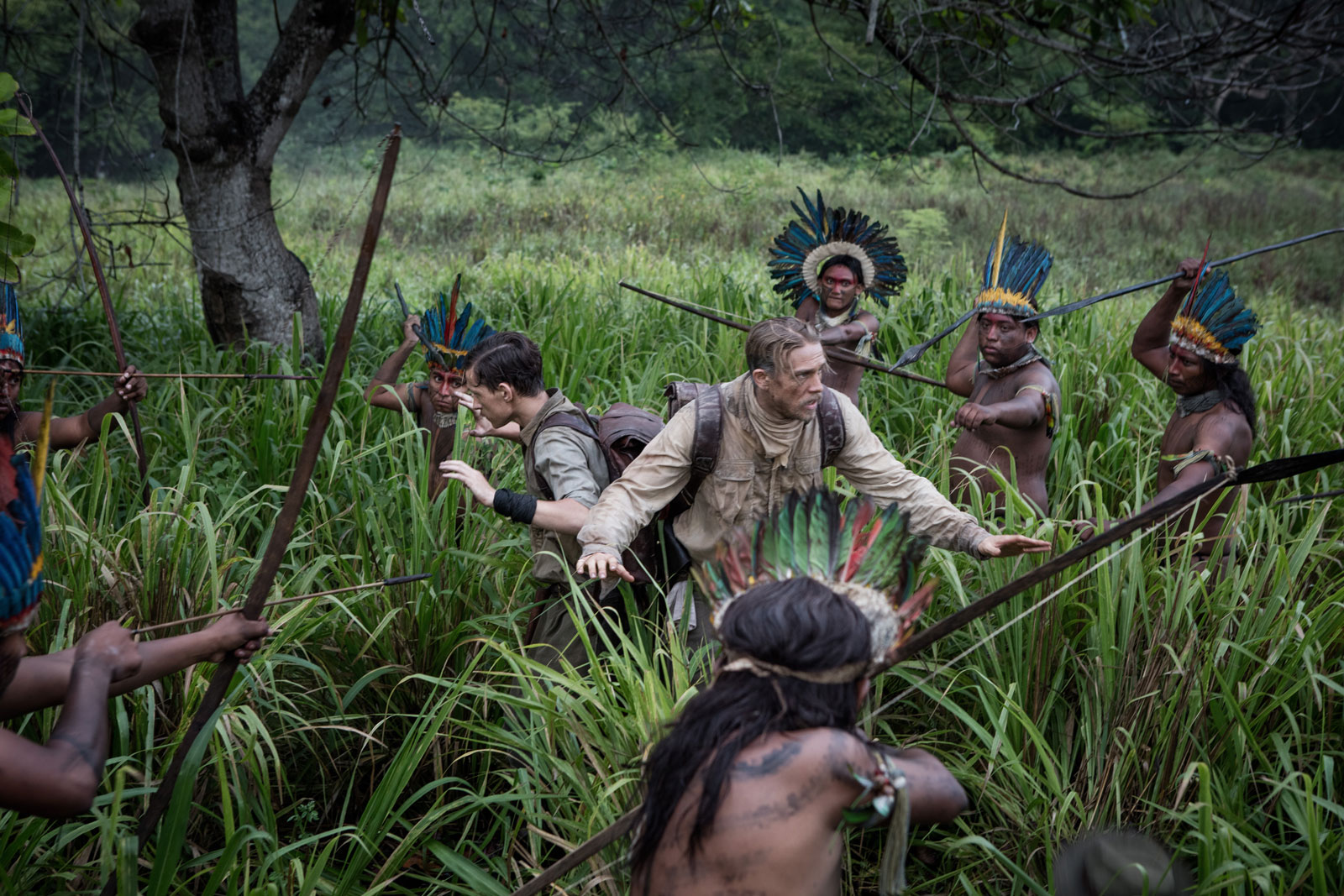The first navigation of the Amazon River by a European may properly be described as an accident. It began to unfold in early 1541 when the Spanish adventurer Gonzalo Pizarro, brother of the conqueror of the Incas in Peru, crossed the Andes into the valleys of the upper Amazon basin in search of the city of El Dorado, ruled by a king said to gild himself with gold dust, and of rumored forests of cinnamon, then one of the world’s leading money crops. When the expedition ran short of food, as all Amazon expeditions did, Pizarro sent one of his lieutenants, Francisco de Orellana, downriver in search of Indian villages that might provide corn. Pizarro soon lost hope and retraced his steps back over the Andes, while Orellana, having little choice, followed the ever-widening river for thousands of miles to its mouth.
After a century or two men quit looking for the mythical El Dorado and lost interest in the “cinnamon trees,” which, it turned out, were only cousins of the money crop. But the chronicler of Orellana’s journey, the Dominican priest Gaspar de Carvajal, reported that along the banks of the Amazon in one long section they passed numerous towns and cities including one so immense that there was hardly space to walk between houses for fifteen miles. No European ever saw that city again, but report of it from Carvajal and travelers’ tales appeared in old documents and histories of exploration, arousing the attention of ethnologists and treasure hunters, until about the time of the World War I when it swam into the ken of a British surveyor and Army officer with a mid-life hunger for great achievement. That was Percy H. Fawcett, who left the Army with the rank of lieutenant-colonel but was known thereafter by the courtesy title of Colonel. After the war, Colonel Fawcett went looking for the lost city, which he called “Zed” (or Z), setting out for the last time in 1925 not with a great expedition loaded with fancy gear, but with his son and a school friend of his son—just the three of them. Fawcett was no crackpot but a distinguished geographer and explorer who knew what he was getting into. Yet from that last expedition they never returned.
The colonel’s disappearance created its own tangled trail of accumulating rumor and speculation over the years, until it pricked the curiosity of the New Yorker writer David Grann, whose report of what he learned in the course of his own obsessive quest, published in his book The Lost City of Z, fascinated Brad Pitt, the actor and film producer. Pitt sent Grann’s book to the director James Gray, who has now, six years later, released a film of dazzling beauty about Fawcett, about rainforests so dense that men must make their way through them in perpetual twilight, about the mad devotion of men to impossible projects as they approach the far end of middle life, and about the deepening mystery of what happened to the cities and the people who had never known small pox and measles when Orellana first appeared among them.
Gray at first glance might seem an odd choice for such a project. He is a thoroughly urban fellow. His first film, released in 1994 when he was twenty-five, was Little Odessa, an emotionally spare crime melodrama set among the Russian immigrant community that had settled in the Brighton Beach section of Brooklyn. Nothing about that film said Hollywood, but Gray’s eye for grand vistas was evident in shots of the Brooklyn waterfront and of streets below the elevated subway tracks on sunny days. Gray’s next four films were all set in New York, too, and were seeded with the occasional Hollywood name—Gwyneth Paltrow, Mark Wahlberg, Joaquin Phoenix. The mood of these films was shadowed and tense. Making them appears to have required the usual draining ordeal of raising money, struggling over control, coaxing things forward, calling on the Muse for a winning idea, trying not to care about the money, which was never enough, he said recently in an interview with New York magazine, to leave his apartment and buy a house.
The Lost City of Z does say Hollywood, but only some of the time. It has a Hollywood bigness to it. Gray’s version of the story of Fawcett and his wife Nina centers on the magnitude of her sacrifice—years of life alone with three children, ever-dwindling funds, and perpetual anxiety while Fawcett tramps the jungle. Sienna Miller as Nina is given some acidic lines about the miserable lack of fairness in the arrangement but never threatens to call the whole thing off, as apparently Nina never did in life. Fawcett’s son Jack, played by Tom Holland, is angry and disappointed for his first twenty years but then does an about-face and convinces his father to let him go on the last expedition. These heightened emotions are plausible and delivered with passion but the story is never really about giving voice to hurt feelings.
Advertisement
Gray’s chief challenge in making the film was self-imposed, his decision to cover just about the whole Fawcett story from early Army life (a marvelous Irish hunting scene of Fawcett and friends on horses chasing a red stag into a forest), recruitment by the Royal Geographic Society to survey the border of Bolivia (Fawcett’s first taste of rainforest trekking), a visit early in one expedition to a Bolivian rubber plantation where a dwarf welcomes Fawcett and friends to a performance of opera in the jungle, the colonel’s deepening friendship with a partner named Henry Costin (played by Robert Pattinson), a year of war on the Somme in France, arguing about Zed (which ethnographers now generally agree probably did exist, at least in some form), many, many tough moments in the forest, and finally organizing the last expedition. Onto this Grann piled further interesting episodes from his own travels and research that Gray, already struggling to squeeze the basic story into 140 minutes of film, elected to forget. His only other omission was the friend of Fawcett’s son Jack, Raleigh Rimell, who goes unmentioned.
Gray’s film is distinguished by three things—a kind of ethnographer’s fascination with the behavior of men in groups; beautiful photography of the forest lushness of the Amazon basin, roughly two-thirds the size of the United States; and the driving force it gives to Fawcett’s determination to do something that would dazzle the world. Perhaps the best scene in the film depicts a meeting of the Royal Geographic Society in London where skeptics and believers rail at each other like members of the British House of Commons. Gray was genuinely interested in the long battle that was Fawcett’s life, and he brings the same focused interest to the Indian peoples of the Amazon, who appear in his version as nearly naked, copper-colored exotics with bowl haircuts and bows that shoot six-foot arrows. These are forest Indians. Orellana’s journey down the Amazon in 1542 had never strayed far from the river itself, but Fawcett broke with precedent and marched for the most part overland through the endless forest between rivers where Indians can still be found who have almost no contact with Europeans—from time to time, we still learn in the newspaper about the discovery of some tribe that has never been contacted at all. It is the strangeness of this place and its people that fascinates Gray. It’s hard not to leave the theater wishing at least a little to go and see it for yourself.
But the lure of Amazonian splendor may have led Gray astray. After Fawcett sent a final letter by Indian courier to his wife in May 1925, nothing further was heard from the three explorers. What happened to them, as David Grann makes clear in his book, is simply unknown. The probabilities are three—death from disease or injury, death from starvation, or death at the hand of Indians. The last is most likely. European explorers had a long history of cruel abuse of the Indians of the Amazon and many forest tribes well past the 1920s made a practice of killing whites whenever they found one. Published accounts suggest the Indians did not stand on ceremony, but acted quickly using whatever means was the local custom – bow and arrow, blowgun with poisoned dart, hardwood clubs. Gray has elected to imagine the death of Fawcett and son at the hand of Indians but it is, in my view, pure hokum. A great crowd gathers by torchlight at night to ponder the whitemen’s fate. Sentence is announced when a chief says, “We shall find a place for their spirit to be.” The Fawcetts are trussed up, hung from stout poles as in a litter, and carried through the crowd past a dazzling multitude of flaring torches to the river. This scene is entirely Gray’s invention. I can see why he balked at ending with a dying fall, but the unknown has its own lure and power. When you don’t know, you don’t know.
Misstep or not, the final enigmatic violence of The Lost City of Z does not sap the conviction of the central story of obsession. The film is built on Fawcett’s insistence that there is a city to be found and that he knows where to find it. Gray pursues the man closely. Fawcett is desperate for money to make his discovery, but if no one will back him he will go on what he can scrounge; he will go where his many journeys tell him there is something to be found, he will assure his wife that he will succeed, he will double the stakes by taking his son, he will never give up, he will give size to his life. The film is rich with this passionate intensity, which is exactly what a man needs to put together a big film in his late forties while the clock is ticking.
Advertisement
James Gray’s The Lost City of Z is now in theaters.





